Outline of Presentation
- Overview of Everyday Counts Fifth Round (EDC-5) & Value Capture Strategies
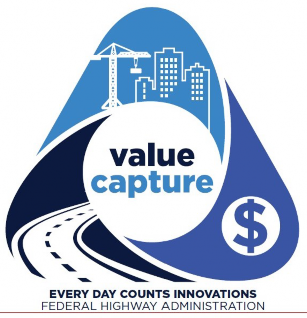
- Why are Advertising, Naming Rights, or Sponsorships Needed?
- Overview: Advertising, Naming Rights, and Highway Sponsorships
- Federal Roles
- Case Studies
- Q&A
What is “Every Day Counts”(EDC)?
State-based model to identify and rapidly deploy proven but underutilized innovations to:
- Shorten the project delivery process
- Enhance roadway safety
- Reduce congestion
- Improve environmental sustainability
- EDC Rounds: Two-year cycles
- Initiating 5th Round (2019-2020) - 10 innovations
- To date: 4 Rounds, over 40 innovations
For more information: https://www.fhwa.dot.gov/innovation/
FAST Act, Sec.1444
Value Capture Overview & Benefits
What is Value Capture?
“Value capture” refers to a toolbox of strategies used by public agencies to recover a portion of the increased property value created as a result of public infrastructure investment.
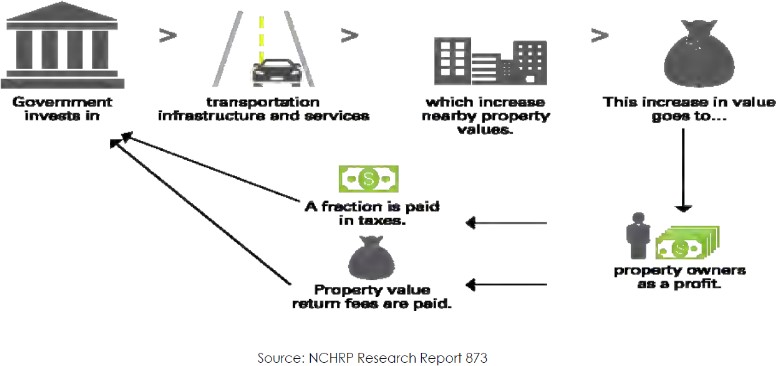
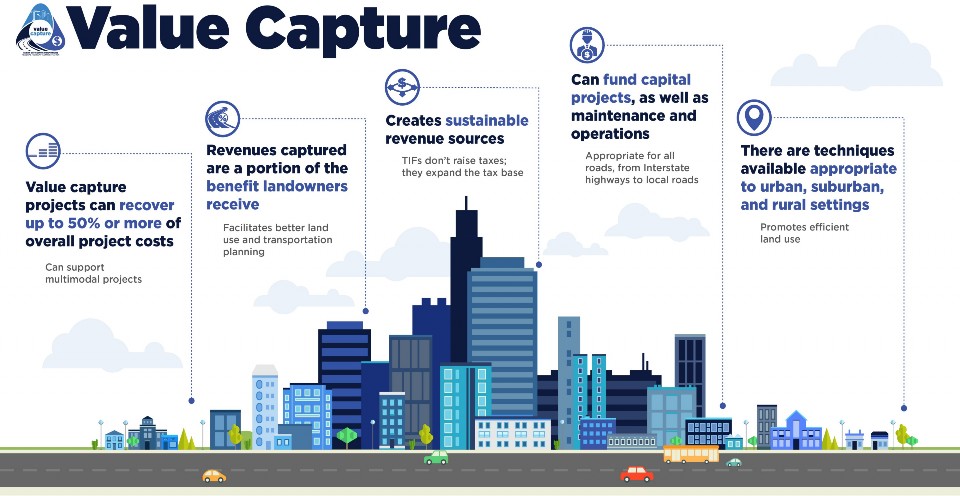
Value Capture Can..........
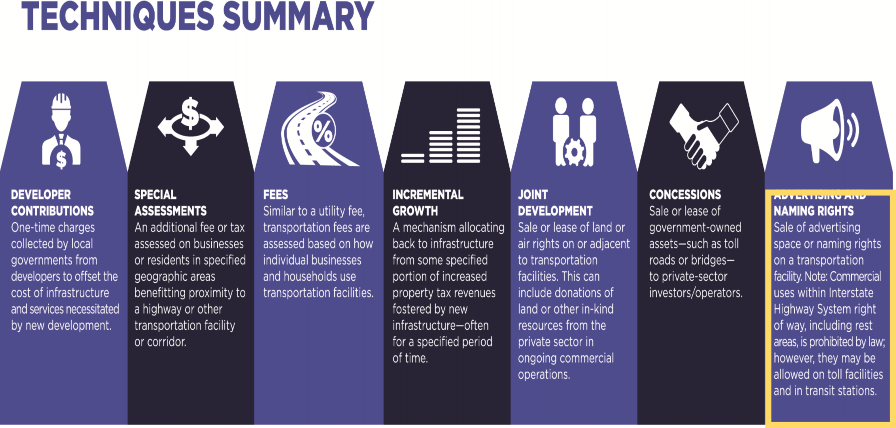
Value Capture Techniques
Category |
Technique |
Purpose |
Fund or Finance |
Developer Contributions |
Impact fees |
Capital Expenses |
Fund |
Negotiated Exactions |
Capital Expenses |
Fund |
|
Special Assessments |
Special Assessment Districts |
Capital Expenses |
Fund or Finance |
Business Improvement Districts |
Capital or Maintenance |
Fund or Finance |
|
Sales Tax Districts |
Capital or Maintenance |
Fund or Finance |
|
Land Value Taxes |
Capital or Maintenance |
Fund or Finance |
|
Fees |
Transportation Utility Fees |
Operations and Maintenance |
Fund |
Incremental Growth |
Tax Incremental Finance |
Capital Expenses |
Fund or Finance |
Transportation Reinvestment Zones |
Fund or Finance |
||
Tax Allocation District |
Fund or Finance |
||
Joint Development |
At Grade |
Capital Expenses |
Fund or Finance |
Below Grade |
Capital Expenses |
Fund or Finance |
|
Above Grade (Air Rights) |
Capital Expenses |
Fund or Finance |
|
Concessions |
Asset Recycling |
Capital Expenses |
Fund or Finance |
Advertising |
Advertising |
Capital or Maintenance |
Fund |
Naming Rights |
Capital or Maintenance |
Fund |
|
Highway Sponsorships |
Capital or Maintenance |
Fund |
Why are Advertising, Naming Rights, or Sponsorships Needed?
Highway Capacity & Condition Funding Challenges
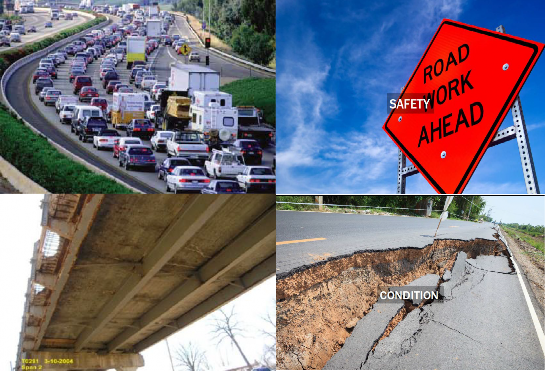
![]()
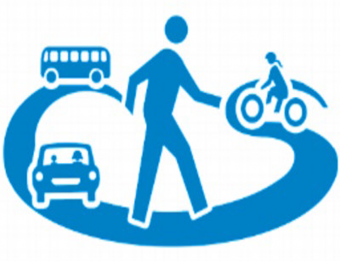
Highway Trust Fund is Unsustainable
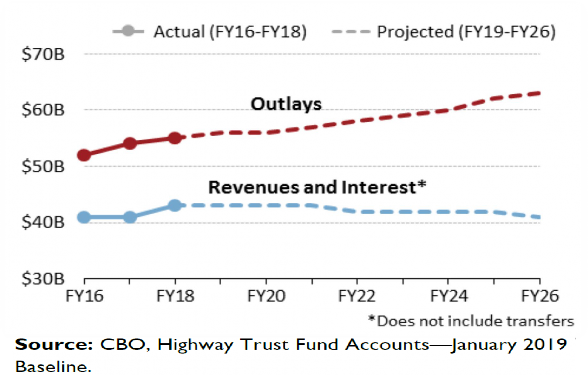
Ownership |
Federal-Aid Highways |
Non-Federal-Aid Highways |
Total |
|---|---|---|---|
Rural |
668,082 |
2,280,612 |
2,948,696 |
Urban |
359,767 |
875,245 |
1,235,012 |
Total Rural & Urban |
1,027,848 |
3,155,858 |
4,183,707 |
Purposes
- Generate revenue/in kind contributions to offset some of the maintenance or operational costs
- Provide convenience and safety to the travel public
- Engage communities to participate in programs, like Adopt-a-highway, which are aimed at beautifying roads throughout the state and preventing litter
- Create community ownership of the apparent of highway system
Overview
Advertising
Public agency sells advertising space or media to private company
- Agencies may consider advertising in transit stations, rest areas, and agency-owned fleets as relatively straightforward way to raise funds
- Opportunities: Can raise moderate sums of money for operating & maintenance expenses
- Challenges: Must be weighed against safety concerns
- Agreements: Advertising agreements may be related or unrelated
- Note: Advertising on the public right-of-way is not allowed
Ohio DOT entered into a ten-year, $8.65 million agreement to advertise on its safety patrol vans in 2014, which provide assistance to motorists at crash sites.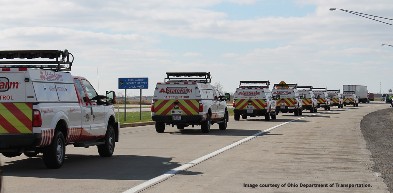
Example of a branded safety patrol vehicle
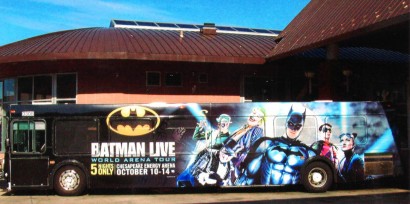
Example of Bus exterior Advertising
Naming Rights Overview
Public agency sells rights to name infrastructure to private company
- Transit stations
- Vehicle fleets: bus, rail, safety patrol vehicles
- Arena
- Stadium
- Advertising and naming rights agreements may be related or unrelated
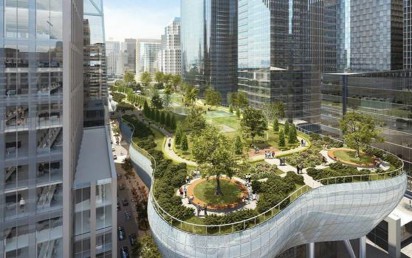
The Salesforce Transit Center, CA
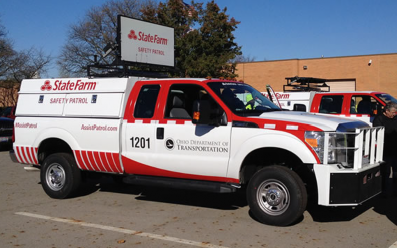
Ohio DOT Safety Patrol Naming Right
Examples of Naming Rights in other Public Facilities
- Chicago’s Millennium Park
- AT&T, Boeing, Exelon, BP
- Chicago’s Transit Authority
- stop outside of an Apple flagship
- Denver’s Regional Transportation District
- University of Colorado (The A Line to Denver International Airport)
- New York City’s Metropolitan Transportation Authority (MTA)
- Barclay’s Atlantic AV (Subway station @ Barclay’s Center)
- Philadelphia’s Southeastern Pennsylvania Transportation Authority
- AT&T (Pattison Station on the Broad Street Line)
- San Diego’s Metropolitan Transit System
- UC San Diego (UC San Diego Blue Line)
- Others
Top Naming Right Transaction
Facility |
Total Price |
Deal |
MetLife Stadium |
$ 425 � 625 M |
2010 - 2036 |
Chase Center |
$ 300 � 400 M |
2016 - 2040 |
Citi Field |
$400 M |
2006 - 2028 |
Mercedes-Benz stadium |
$ 324 M |
2015 - 2043 |
NRG Stadium |
$ 310 M |
2000 - 2032 |
SunTrust Park |
$ 250 M |
2014 - 2042 |
Hard Rock Stadium |
$ 250 M |
2016 - 2034 |
Levi’s Stadium |
$220.3 M |
2013 - 2033 |
US bank Stadium |
$ 220 M |
2015 - 2041 |
American Airline Center |
$195 M |
1999 - 2030 |
Highway Sponsorships
State & local agencies allows to place the sponsored company name and logo on the busiest highways
An innovative way to offset the costs of construction, operation and maintenance while providing enhanced services to the public
- Opportunities: Support or supplement construction, operations and maintenance program activities through voluntary and/or funds generated by sponsorship.
- Challenges: Must be weighed against safety concerns
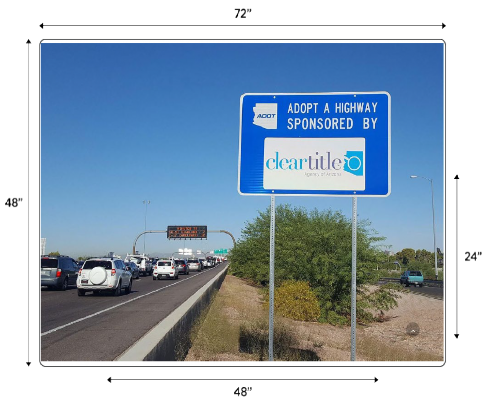
Example of Arizona Adopted the Highway
Highway Sponsorships
- Adopt-A-Highway and Sponsor-A-Highway litter removal program
- Traveler information services, such as 511
- Incident Management Assistance Patrols
- Weigh stations
- Rest Areas and Welcome Centers
- Ferries and Ferry support facilities
- Highway beautification
- Others
Rest Areas Sponsored by Geico
- AZDOT, 14 rest areas
- FLDOT, 64 rest areas
- ILDOT, 6 oasis service plazas
- NCDOT, 58 rest areas
- NJDOT, 14 Rest Areas and Scenic Overlooks
- NYDOT, 52 rest areas
- TXDOT, 55 Safety Rest Areas and Travel Information Centers (TICs)
- VADOT, 43 rest areas and welcome centers
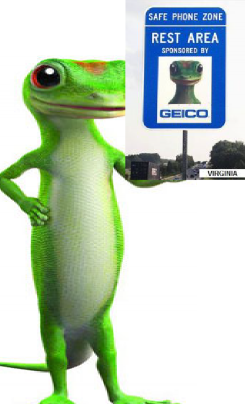
Courtesy GIECO
Benefits
- Can raise moderate sums of money for building, operating & maintenance expenses
- Transactions are usually not complex, as they involve standard procurement processes
- Generate new revenues with little public investment
- Provide political opportunity for naming rights linked to economic benefits that these transactions create
- Provide a clean environment, gives civic pride to the community, serves as a reminder not to litter and saves tax-payers money
Challenges
- Address regulations, including billboards and discrimination, Federal Highway Beautification Act (Title 23, United States Code)
- First Amendment prevents company from being excluded from naming rights transaction because of its image
- Fourteenth Amendment prevents agency from rejecting bidder based on agency’s politics
- Portland, ME’s bus service faced controversy over ads promoting marijuana ballot initiative on buses
- Because of risk of legal exposure, Los Angeles Metro canceled plan to sell naming rights
- Political Challenges
- Concerns over losing historic landmarks
- Difficult navigate transport network when name changes
Federal Roles
FHWA Policy Order on Sponsorships
(Order 5160.1A Issued on April 2014)
- Requires DOT develop policy to govern sponsorship/ revenue programs & approved by FHWA
- Allows sponsor of highway related services, products, or monetary contributions.
- All funds generated through a sponsorship program must be used for “highway purposes”
- Eligible sponsoring organization must comply with Federal and State laws prohibiting discrimination
- Agreements will include provisions for the operations or maintenance of physical elements during the contractual term and removal after the agreement expires or the sponsor withdraws
- Agreements will include termination clauses based on: Safety concerns, Interference with the free and safe flow of traffic, or a determination that the sponsorship agreement or acknowledgment is not in the State or public interest.
Value Capture Implementation Team
Co-Leads
- Thay Bishop, FHWA Office of Innovative Program Delivery
- Stefan Natzke, FHWA Office of Planning, Environment, and Realty
Members
- Jennifer Ahlin, Virginia Department of Transportation
- Janine Ashe, FHWA District of Columbia Division
- David Cohen, FHWA Office of Project Development & Env. Review
- John Duel, FHWA Office of Planning, Environment, and Realty
- Ben Hawkinson, FHWA Transportation Policy Studies
- Kathleen Hulbert, FHWA Infrastructure Office
- Andrea Kirk, FHWA Center for Local-Aid Support
- Chip Millard, FHWA Freight Management & Operation
- Diane Mobley, FHWA Chief Counsel Office
- Kevin Moody, FHWA Resource Center
- Ben Orsbon, South Dakota Department of Transportation
- Jill Stark, FHWA Office of Planning, Environment, and Realty
- Lindsey Svendsen, FHWA Office of Planning, Environment, and Realty
- Jim Thorne, FHWA Office of Planning, Environment, and Realty
- Bingxin Yu, FHWA Transportation Policy Studies
VCIT Focus Areas
- Communication � Developing the tools to help FHWA staff and others promote value capture to local public agencies (Value Capture Implementation Manual)
- Technical assistance � Providing technical assistance to local public agencies interested in pursuing value capture (Peer Program)
- Clearinghouse (website) � Identifying best practices and lessons learned and promoting further discussion on innovative funding options for local public agencies, lessons learned from past and current efforts, etc.
Thay Bishop
Email: thay.bishop@dot.gov
Tel: 404-562-3695 or ValueCapture@dot.gov
Highway Sponsorship
FHWA Value Capture Webinar November 21, 2019
Minnesota Department of Transportation
Office of Land Management
Jessica Oh, Highway Sponsorship Director
Origin of MN �160.801 Highway Sponsorship Statute (2017)
- Enhance and maintain highway right of way in partnership with businesses and civic organizations
- Improve highway aesthetics and sustainability statewide
- Leverage taxpayer dollars by activating outside resources, reduce maintenance liabilities for MnDOT
- Create and maintain critical pollinator habitat
- New & innovative uses of right of way
- Establishes a special revenue fund for sponsorship revenue
- Subject to FHWA Order 5160.1A Sponsorship Agreements and Acknowledgement Signs
Voices of Our Customers: Aesthetic Feedback & Complaints
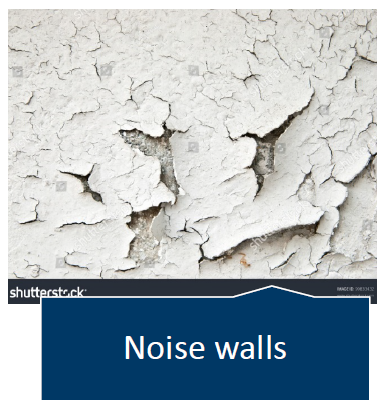
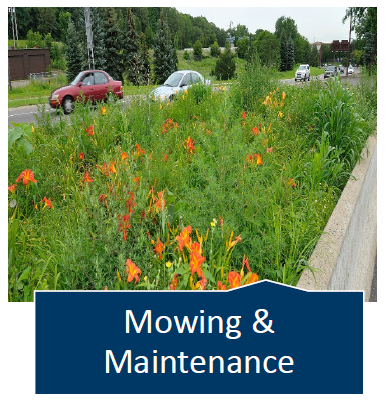
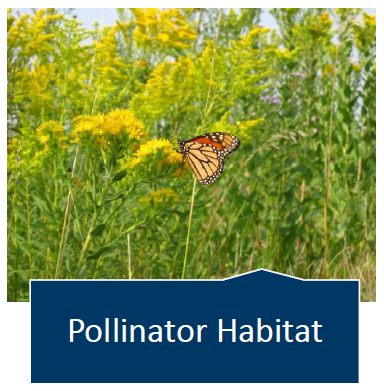
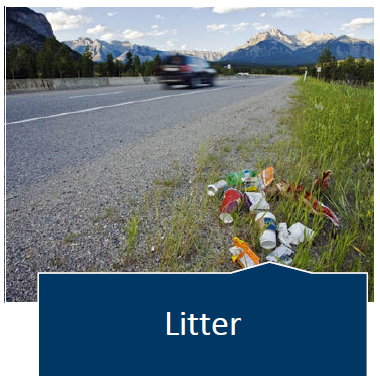
Aesthetic & Environmental Perspectives from Public Engagement & Omnibus Survey
Aesthetic Feedback: MnDOT’s Rethinking I94 Project
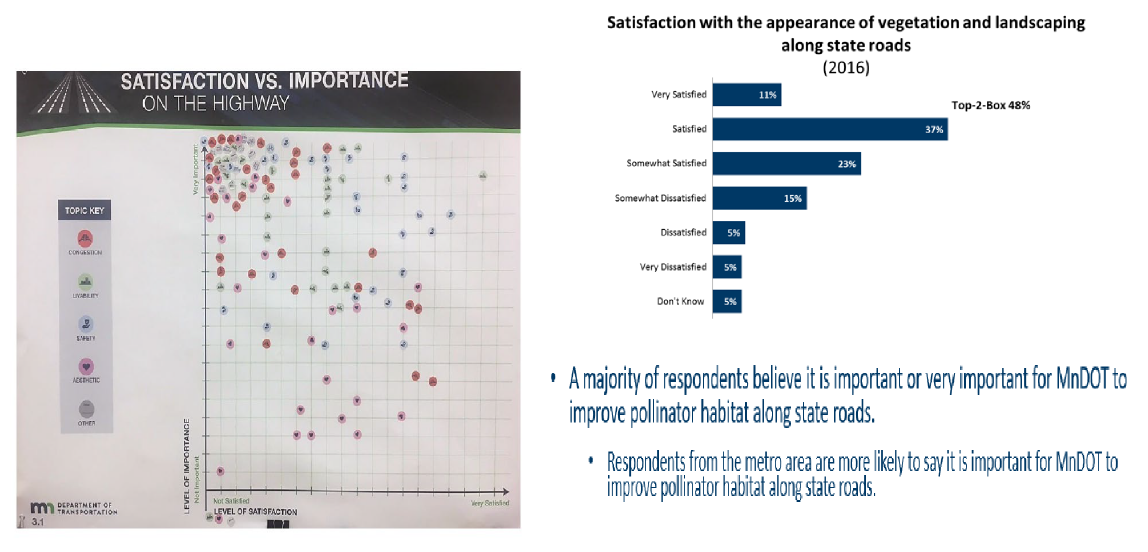
Impetus for Highway Sponsorship
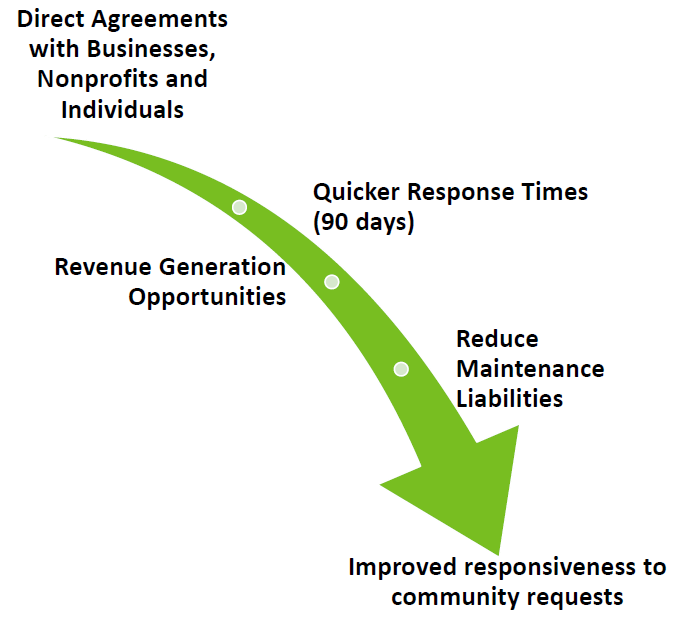
Examples of Public-Private Partnerships: Chicago Gateway Green
- Local nonprofit manages 95 gardens on Chicago Freeways around downtown through a MOU with IDOT.
- Gardens are financed primarily through corporate philanthropy (sponsor acknowledgement signs)
- Nonprofit contracts for plantings, maintenance, and litter pick-up April-Oct
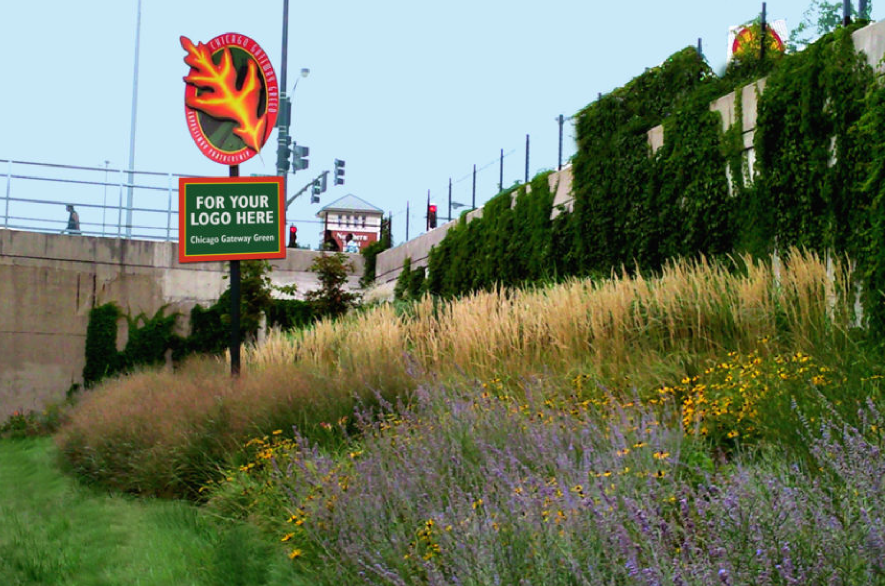
A Greener Welcome Project in Indianapolis with INDOT
- Transform a six mile gateway into Indianapolis on I-70 with art and landscaping in October 2010.
- A collaboration of City of Indianapolis, the Indiana Department of Transportation, Keep Indianapolis Beautiful, community leaders, neighborhood groups, and Eli Lilly Foundation/Eli Lily corporation
- Closure of I-70 for (1) day
- 8,000 volunteers installed 1,614 trees and 72,300 native plants and shrubs
- Three new sculpture installations
- $1M in TE funding, $1M from Eli Lilly Foundation
- Six area businesses adopted the 6 improved interchanges for maintenance and watering
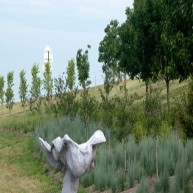
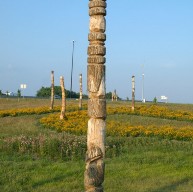
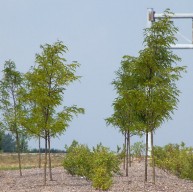
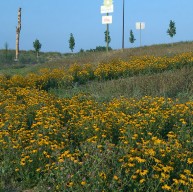
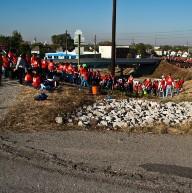
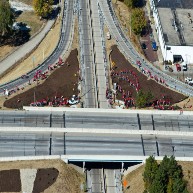
MnDOT Programs Supporting Aesthetic, Environmental & Community Connection Goals
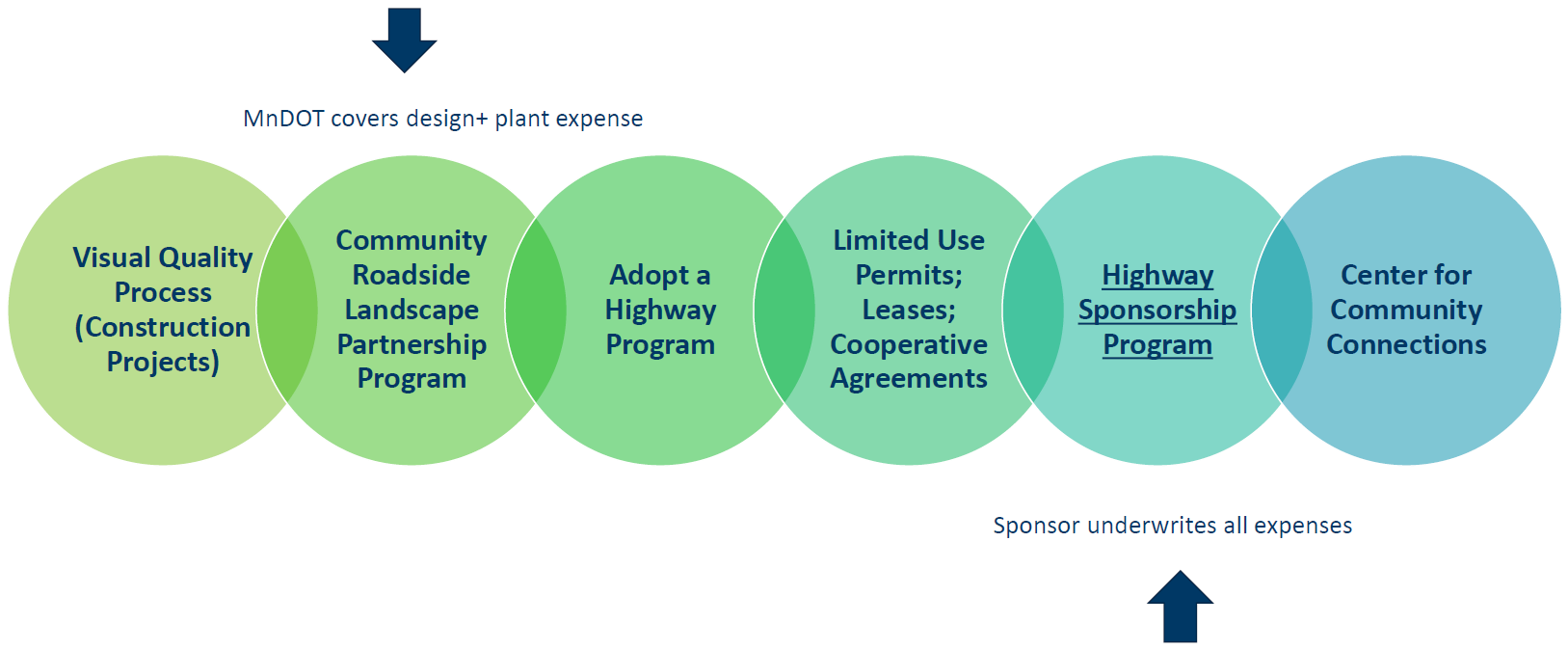
Sample Project Types
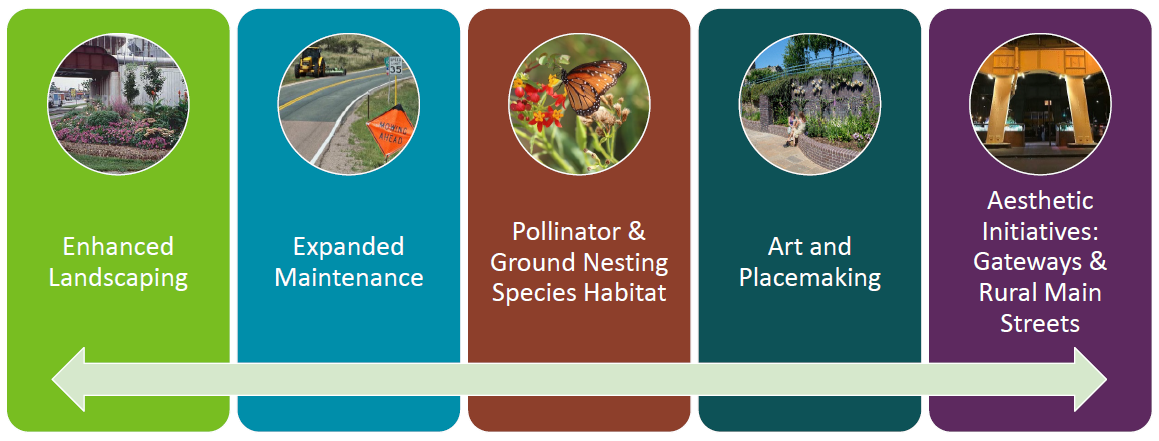
Highway Sponsorship Licenses as Value Capture
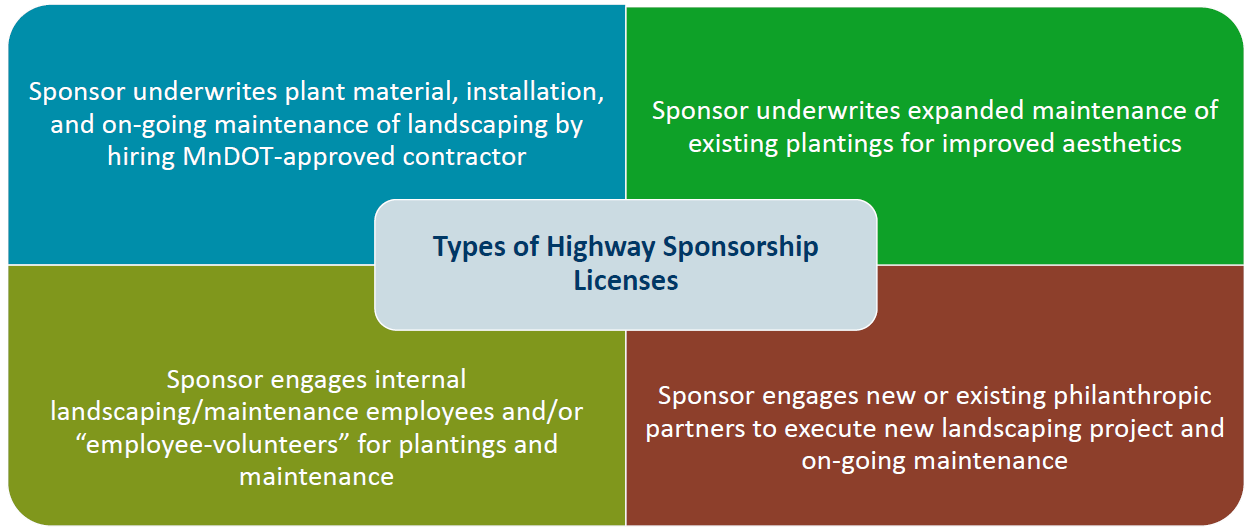
Visible Investments in Communities: Sponsor Acknowledgement Sign
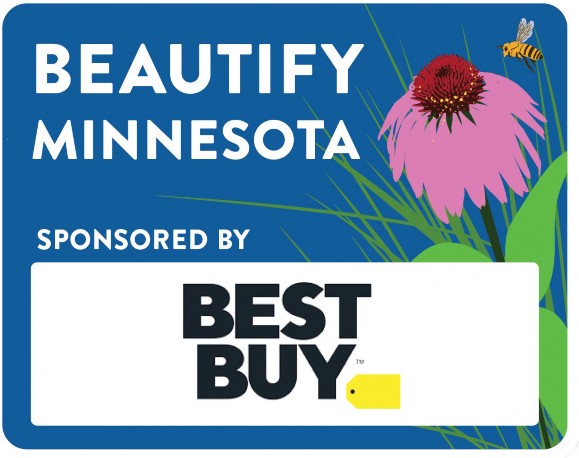
For more information see: FHWA Order 5160.1A Policy on Sponsorship Acknowledgment and Agreements within the Highway Right-of-Way
Potential Highway Sponsorship Projects
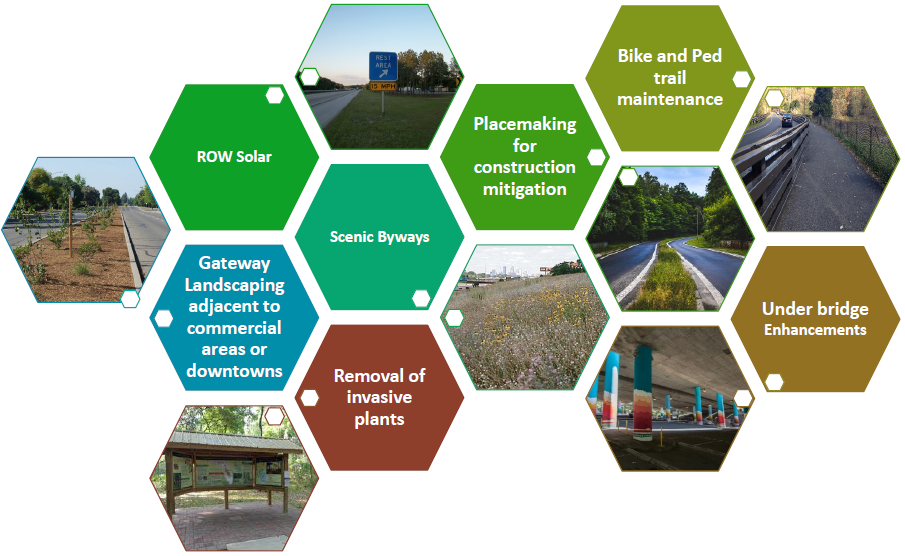
Additional potential uses for highway sponsorship
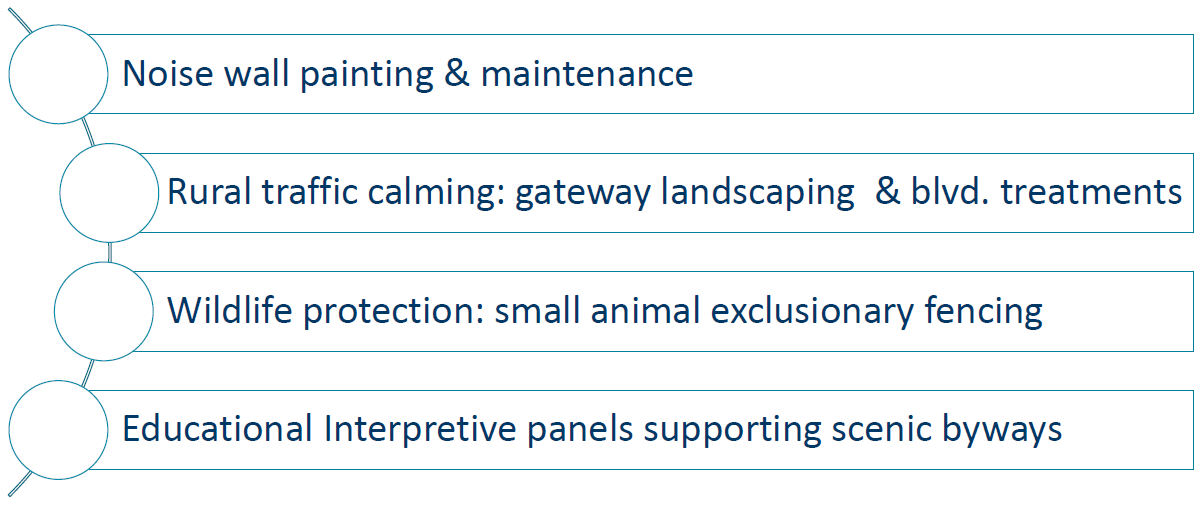
Value Capture Benefits of Sponsorship Agreements
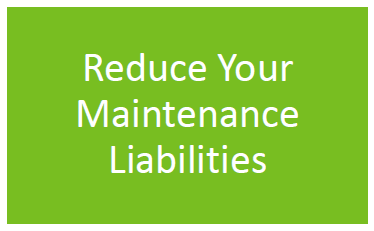
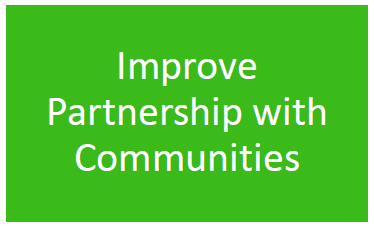
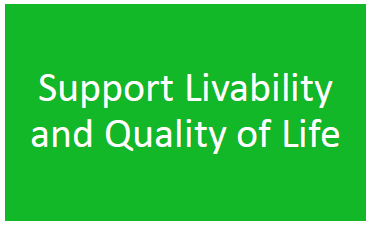
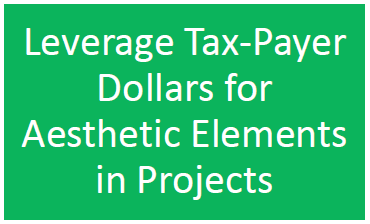
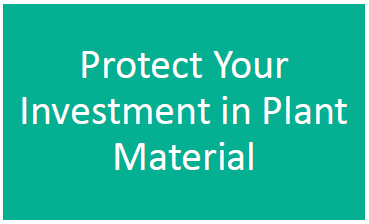
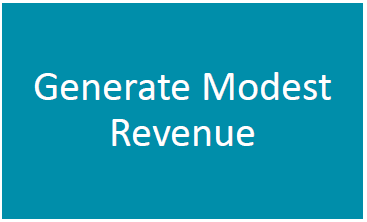
Nuts & Bolts of the Sponsorship Program

90 Day Pre-Development process for highway sponsorship projects
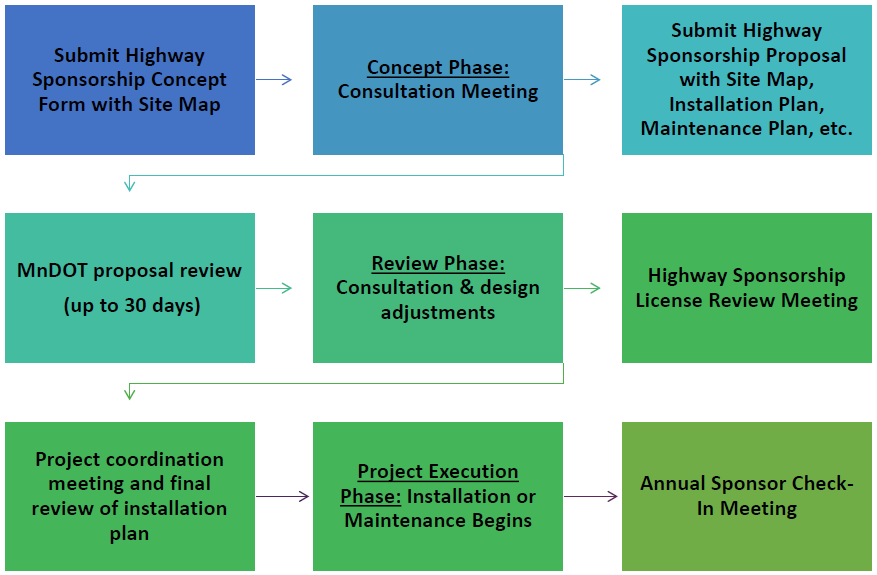
MNDOT Functional Units: Development & Review Process for Sponsorship Projects
District-level highway sponsorship liaisons: Permits or Planning
District Review:
- District Engineer (or designee)/Area Manager
- District Resident Engineer
- District Planning
- District Maintenance: Superintendent/Local truck station
- District Right of Way
- District Surveys: Area Surveyors/District Surveyors
- District Permits
- District Traffic
- District Environmental/Water
- District Communications & Public Engagement
Central Office Review:
- OTST: State Sign Engineer
- OM: State Maintenance Engineer
- OLM: Right of Way
- OLM: Utility Permits/Permits
- OLM: Mapping/Surveys
- OLM: Limited Use Permits
- OES: Environmental Investigation Unit
- OES: Vegetation Mgmt.
- OES: Erosion & Storm water Mgmt.
- OES: Env. Planning & Design
- OES: Cultural Services team
- Chief Counsel
- Tribal Affairs
Sample Highway Sponsorship Project: Andersen Corporation (Bayport, MN)
- Highway 95, Screening & mitigation landscaping of industrial facility requested by the city of Bayport.
- Design, plant purchase, installation and maintenance at Andersen’s expense. Adjustments were made to proposal based on clear zone, plant selection, etc.
- Maintenance plan: Andersen landscaping & maintenance employees will perform ongoing maintenance of the landscaping.
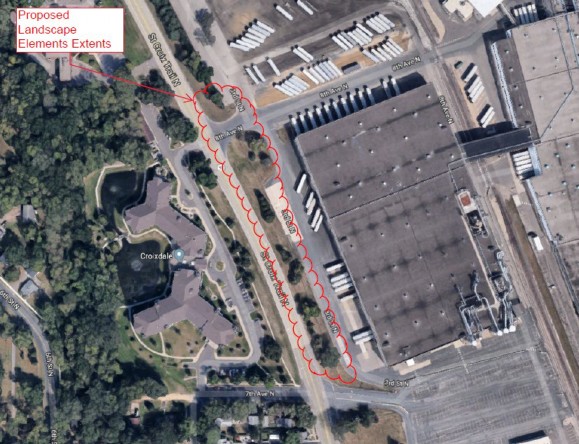
Sample Highway Sponsorship Project: I-694/East River Road, Fridley
- Developer requested ability to do expanded maintenance in right of way adjacent to new 156,000 office park.
- Tree trimming, mowing, and litter pick up on-going basis.
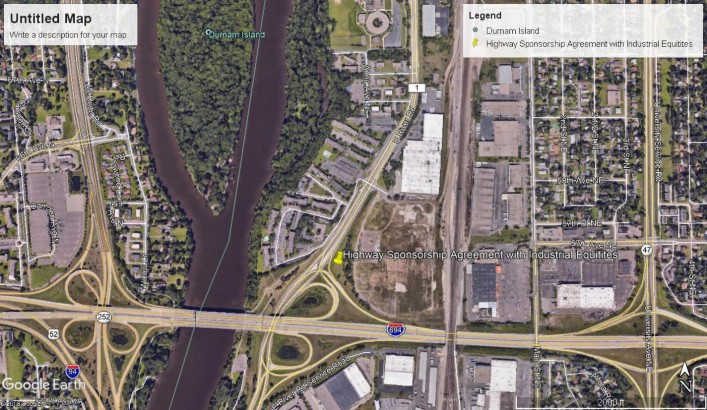
Sample Highway Sponsorship Project: Great River Greening/Hmong American Farmers Association (HAFA)
- Great River Greening will install a 4.5 acre pollinator project underwritten by corporate philanthropy
- TH 52 in Dakota County, South of Coates, near Vermillion township
- Pollinator habitat supporting HAFA farm.
- Spring/summer 2020 project.
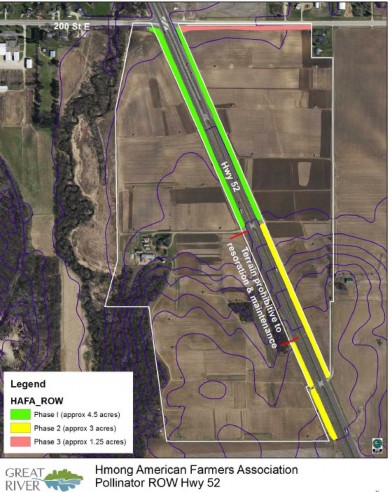
Expanding MnDOT’s Knowledge Base to expand Public-Private Partnerships



Aesthetic Market Research Project: Summary of Top Findings
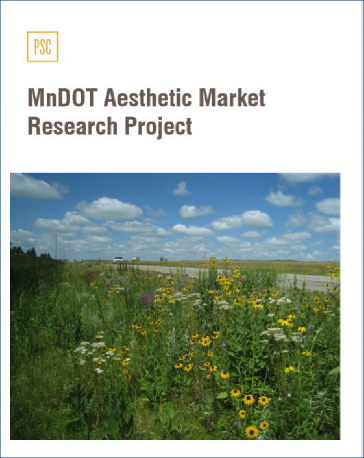
- Visual Appearance of highway roadsides is important to quality of life (68%) rural/ (80%) urban but pavement appearance/condition is top priority;
- Conditions of roadsides impact perception of economic vitality, pride in community and perception of safety;
- Desire for case studies on rural communities that have invested in aesthetics that support economic development and tourism goals;
- Small communities need long timelines to plan/fund aesthetic enhancements (10 yrs+) to align with MnDOT construction projects;
- Scenic Byways validated the importance of preserving the scenic quality of roads/ improving viewsheds/reducing visual pollution;
- Extensive opportunities to enhance gateways (urban, rural, etc.);
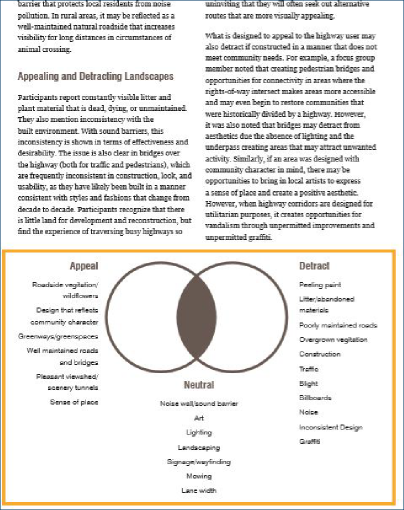
- Validated the Minnesotan’s preference for native plantings and forb-heavy pollinator habitat;
- Elevated the importance of “sense of place” aesthetic elements in transportation infrastructure;
- Elevated the importance of focusing on the human scale: plants/art/placemaking create environments that encourage bike/walking, and play a role in public health and safety;
- Opportunities to engage large businesses with a stake in first impressions/attractiveness of communities for investment;
- Consider partnerships with arts & culture organizations;
Lesson's Learned
- Matching projects are of particular interest to stakeholders;
- Make the process easy for community-based partners with less capacity;
- Explore partnerships with Tourism & Economic Development agencies;
- Scenic Byway connections/ Rural Mainstreet connections;
- Opportunities to promote DBE/TGB/Woman/VET-owned contractors;
Connecting the Dots: Enhancing Community Connections, Public- Private Partnerships and Innovative Uses of Right of Way
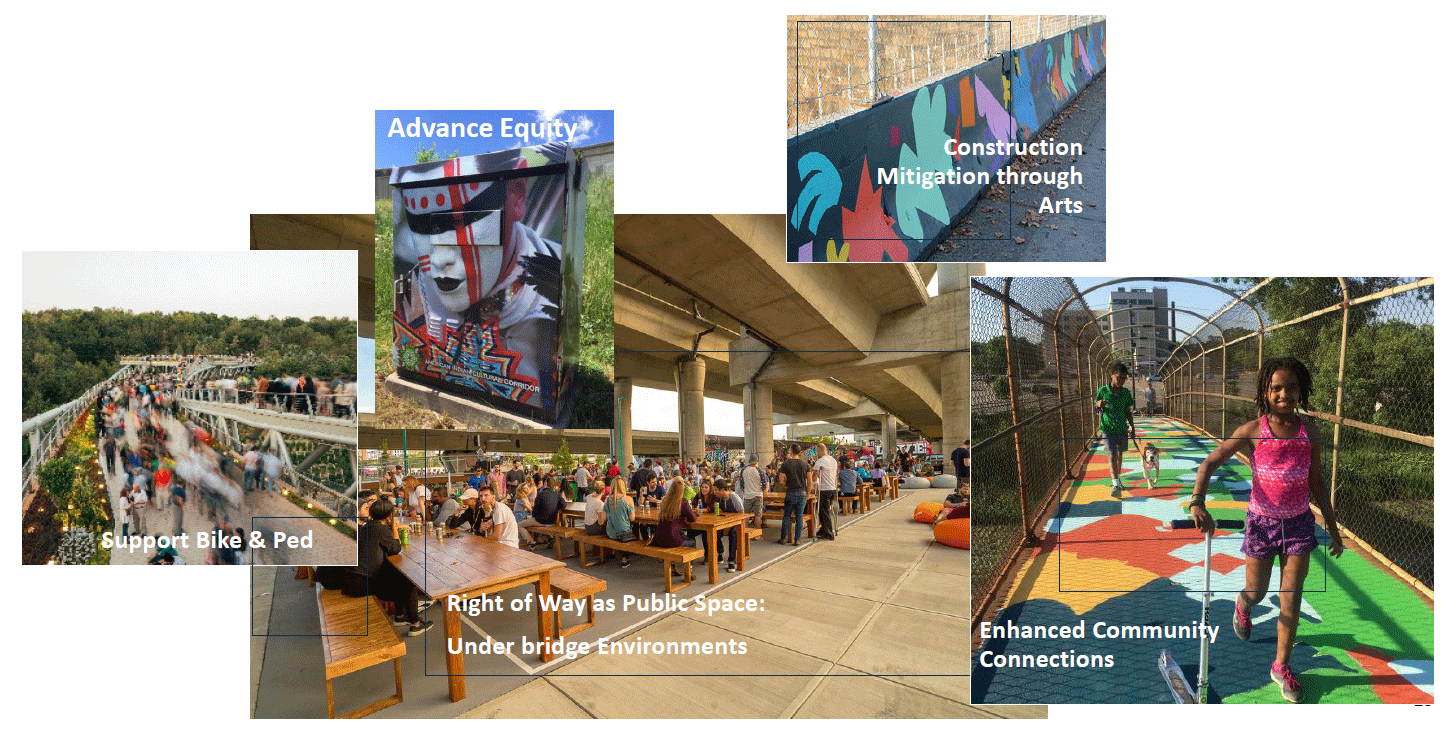
Enhanced Community Connections
Questions?
Contact: Jessica Oh
Highway Sponsorship Program Director Minnesota Department of Transportation
Engineering Services Division, Office of Land Management Jessica.Oh@state.mn.us
Office: 651-366-4939/Cell: 612-430-4762
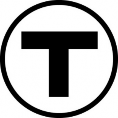 Commercial Programs
Commercial Programs
Evan Rowe
Director of Revenue
Massachusetts Bay Transportation Authority FHWA Value Capture Webinar
November 21, 2019
Agenda
- Background
- Principles
- Projects
- Takeaways
Background: About the MBTA
- Provides transit service to 175 cities and towns in Massachusetts
- Independent public authority
- Founded in 1964 (with predecessor companies / agencies going back to 1894)
Background: Fiscal and Operating Realities
- 2015: Major operating budget deficits
- Objective: to achieve $100 million in operating non-fare revenues by FY 2021
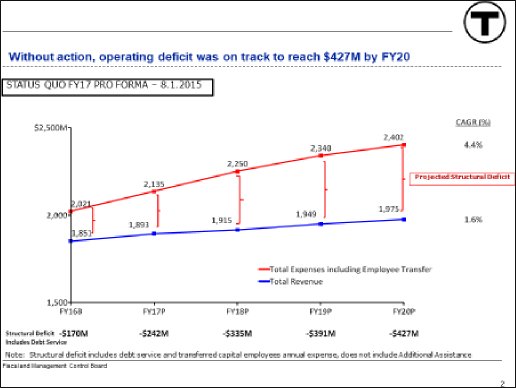
Advertising, historically
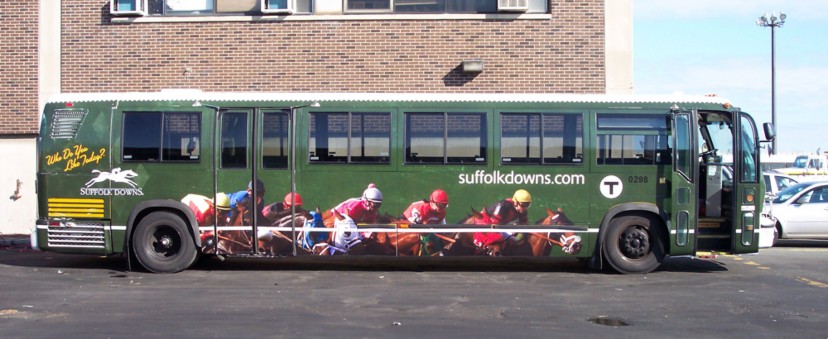
- “Things on the side of a bus”
- Strong revenue streams, but limited growth
Approach
![]()
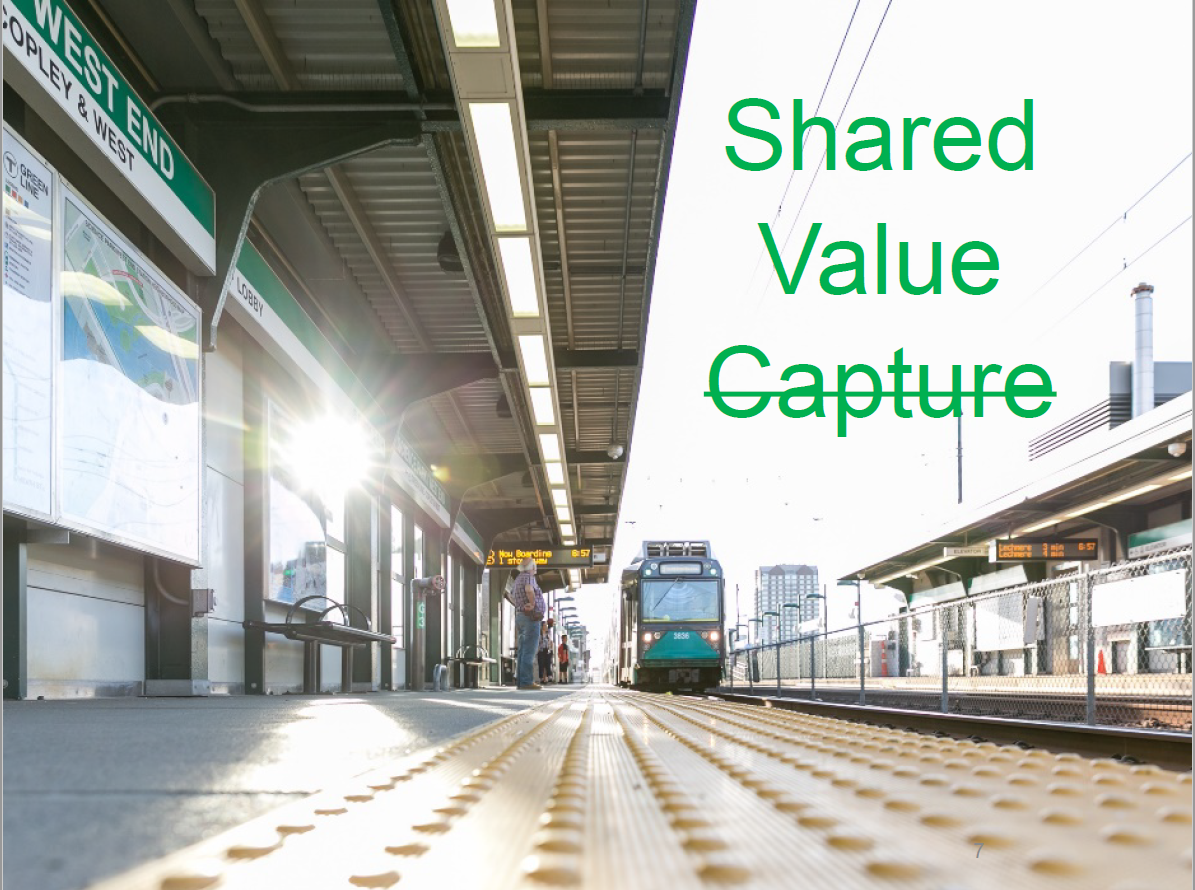
Principles for the MBTA
- Shared Value
- for customers
- for communities
- for the T
- Sustainable Stewardship
- providing the resources to run service
- delivering assets that will provide value for the MBTA in the long term
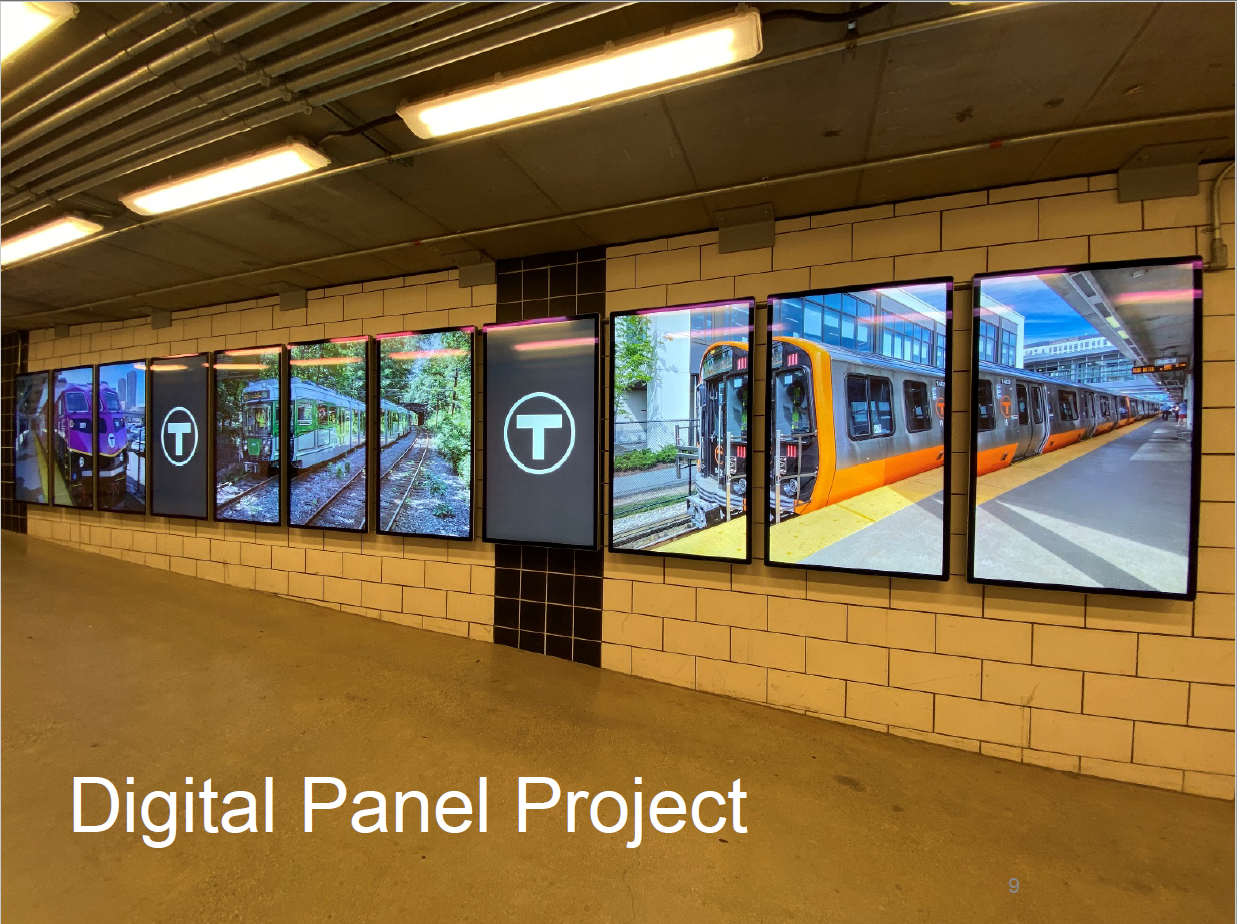
Project background (Strategy)
- MBTA recognized that advertising is moving digital
- Out-of-home advertising is growing overall, but growth is centered around digital formats
- Digital also allows for more flexibility:
- In content
- In information
- MBTA issued RFP in 2016
- Contract with Outfront Media began December 2016
- Requires installation of 700 digital panels – at no cost to MBTA
- Revenue share model – no required guarantees
- MBTA has 1/3 of content on digital panels, Outfront 2/3
- MBTA owns panels at end of contract
Implementation: Lessons
- Coordination in a 122-year-old system is a challenge
- Multiple stakeholders
- Operational needs are most important
- How do you address changing needs?
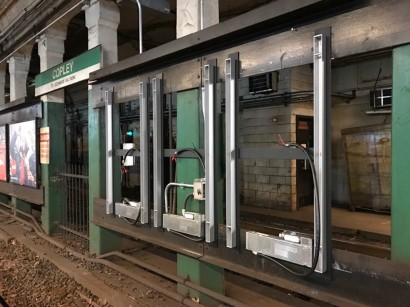
Project results
Shared Value
- Real-time and Disruption Communications
- Arts Program (ICA Teen Arts Program)
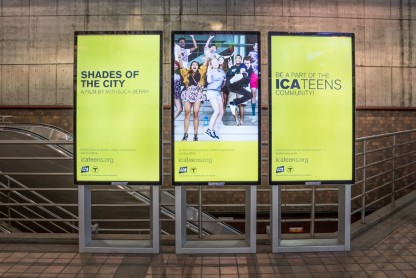
Sustainable Stewardship
- Assets
- Revenue growth
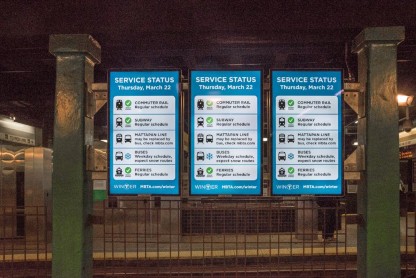
Project learnings
- The more work you can do upfront, the better the result
- What is most important?
- New tools create new needs and desires
- How do we get the most out of what we now have?
- Build in flexibility to address changing circumstances
- Funding, contractual, and staffing
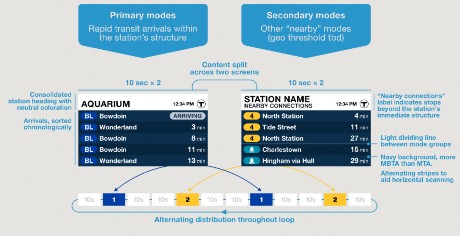
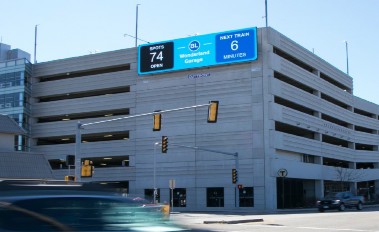
Takeaways
- Principle of shared value provides a framework for “value capture” methods
- Focusing on providing value for all stakeholders eases project implementation
- Building in flexibility allows projects to adapt to changing circumstances, particularly in dynamic industries
Thank you!
Evan Rowe
emrowe@mbta.com







